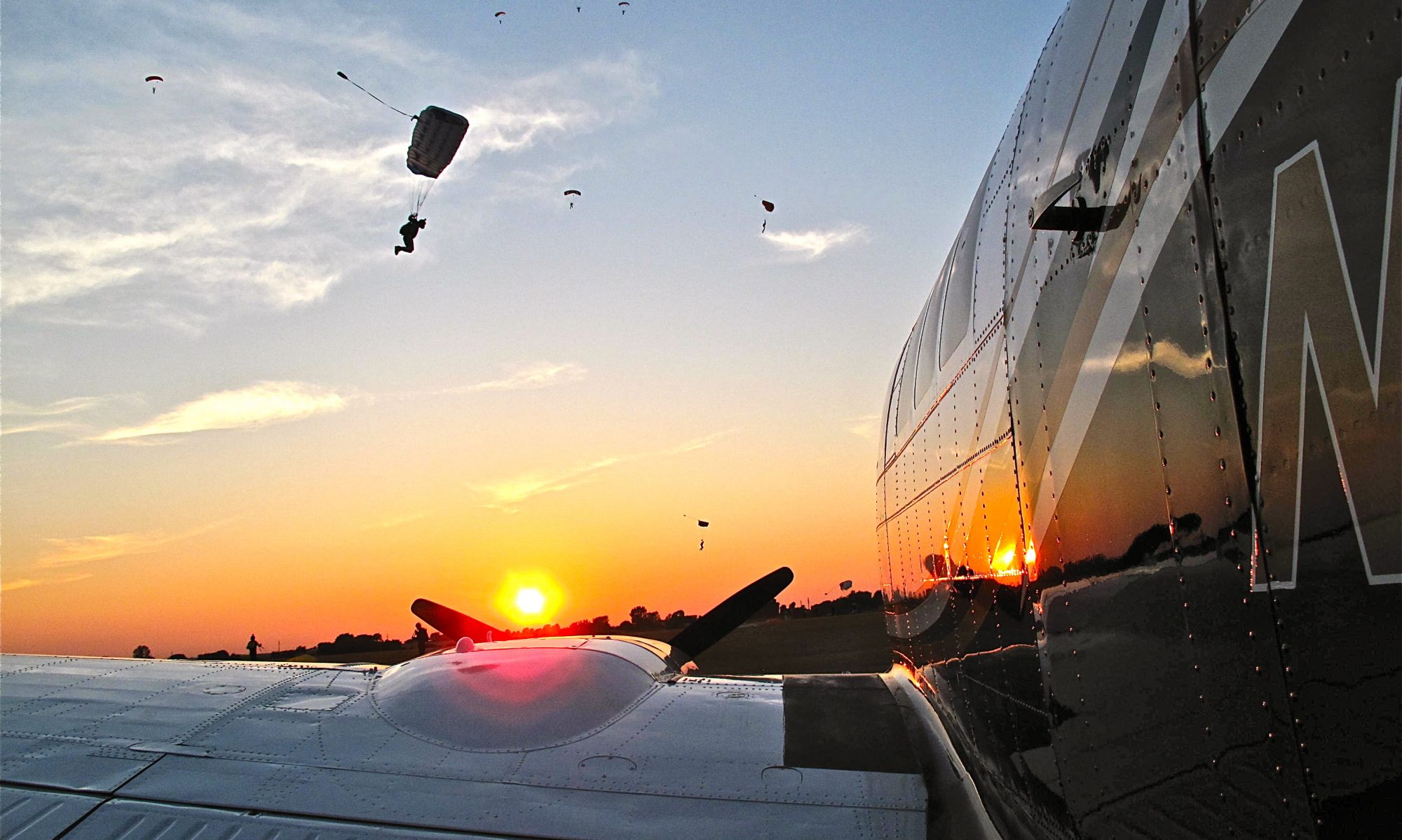Plane Porn
Here, this ought to kill 12 minutes of your life.
Slacker
Sorry for the total lack of posts lately but the weather here in Wisconsin has finally gotten good and I’ve been jumping my butt off trying to make up for all the lost time. Not all that much new happening around here anyway, fly, jump, repeat. We finally finished filming season two of DANGEROUS FLIGHTS and it should be airing in Canada sometime in September and word has it that season one has been picked up by a network in the US but I’m not at liberty to say which one at this time. We did have an interesting visit from the local police last week. I was about to get on the plane and make a jump when one of Baldwin’s finest drove up, got out of his squad car and approached me. “I don’t suppose your plane crashed today did it?”
I looked over at our Cessna 208 Caravan that we use for skydiving and noticed a complete lack of fire damage and crumpledness and responded “No, I don’t think so.”
“That’s what I thought, apparently a train engineer reported that one of your planes flew right past the front of their train engine and crashed into a field.”
I could see how a train engineer might mistake our plane landing on our grass runway for a crash landing because the end of the runway is only fifty feet from the train tracks and we don’t clear the raised tracks by much when we come in. Satisfied the cop left only to come back a few hours later to inform us that the railroad had reported us to homeland security for buzzing their train. That’s rich I thought, a pilot doesn’t have any such restrictions during takeoff and landing. I can’t wait to see how this plays out.
Here’s a shot of the Caravan over the raised train tracks on final. He’s usually closer.
Your Weekly Lex, For Strength
By lex, on March 12th, 2008
Short sea story:
One of my first training command CO’s had last flown the RF-8P before taking command of the training squadron. The RF-8P was a photo-reconnaissance version of the venerable Crusader jet – last of the gunfighters. The F-8 cohort were hard men, and they threw themselves into the art and science of air combat knowing their lives depended upon it. They played hard ball in the air, even in training: Mishap rates for the single engine gunfighter were atrocious compared to the newer F-4 Phantoms just coming on line during the Vietnam war.
The Navy had placed a huge investment in advanced combat systems in the F-4 Phantom to increasingly take the aircrew out of the loop, meaning that dangerous air combat training could reduced or eliminated – smart missiles would make up for dumb pilots. The Navy tried to tie the hands of the Crusader crews during training as well, but that proved a much harder policy to enforce in the single seat fighter community. Their Spartan devotion to the art of air combat paid off: The F-8 had the highest kill ratio of any US aircraft in Vietnam.
The Navy Fighter Weapons School – TOPGUN – was instituted as much as anything else because we’d come to rely on the technology of the box more than the capability of the man flying it. It was a successful expenditure of resources: Navy kill ratios after the Weapons School’s debut went from 2.3:1 to 13:1. […]
Gravity Check



